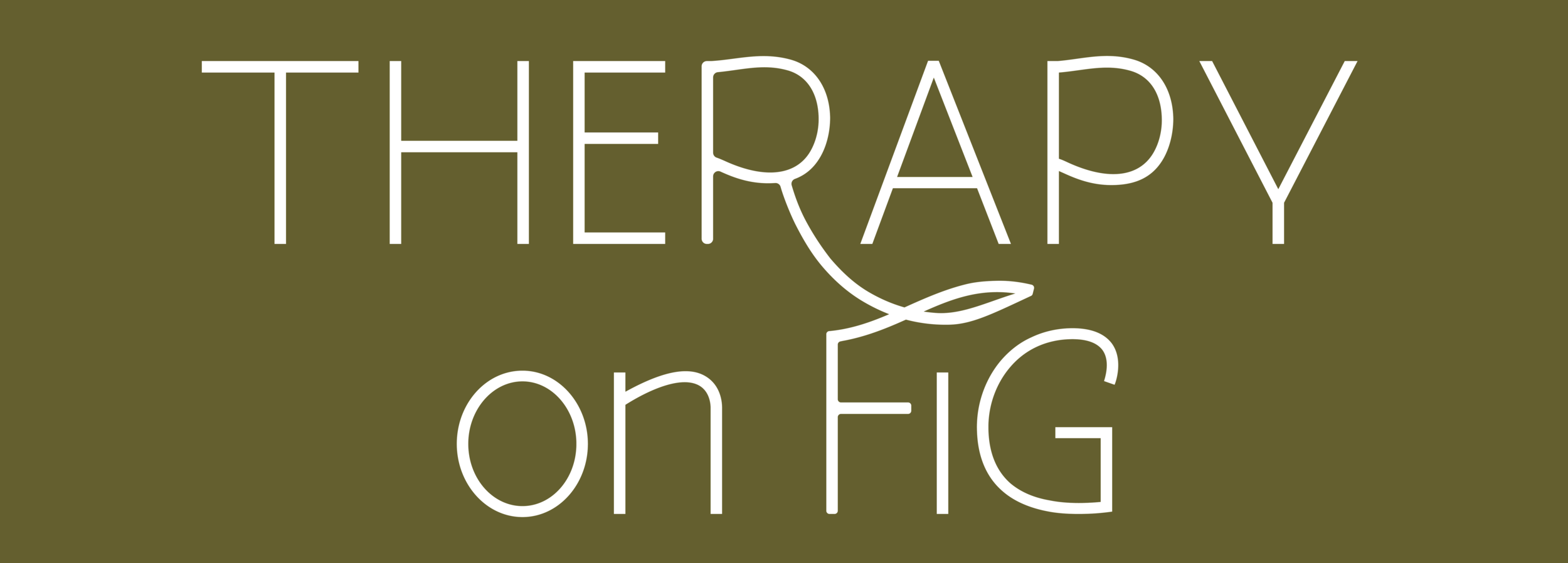How do I set boundaries without feeling guilty?
Photo by Joel Severino on Unsplash
“How do I set boundaries without feeling guilty?” This is one of the most commonly asked questions I hear, especially as a therapist who works with adult children of immigrants and highly sensitive folks. Setting boundaries is hard work; you’re implementing a change to alter a long-standing dynamic. You’re also faced with responding to potential emotional backlash from the recipient of the boundaries. It makes sense that setting and adhering to boundaries feels uncomfortable and brings up feelings of guilt.
When this question arises, I encourage my clients to consider the reality that guilty feelings may not completely go away. However, we can aim to understand better and work with the part of us that feels guilty. We can also identify creative solutions that honor our need for boundaries while addressing and easing feelings of guilt.
1) What exactly is guilt?
Guilt is a feeling related to our values and morals - our sense of right and wrong. We feel guilty when we feel we’ve done something wrong. When you feel guilty, you can take that as a cue to check in - is the boundary you’ve decided to set actually a wrong decision? Does it feel misaligned with your core values in some way? What about it feels wrong?
Perhaps you’re in a place where you’ve determined setting a boundary is the right decision for you, but the thought of upsetting the other person makes it feel wrong. It’s good to be conscientious of how our actions impact others; however, fear of upsetting others doesn’t need to hold you back from setting necessary healthy boundaries.
2) Get creative with identifying “more doable” boundaries.
Often, we imagine boundaries to be like a brick wall - immovable, rigid, and unchangeable. However, can it help to start by imagining your boundaries as a moving screen door? You can choose when to slide the door open or closed. You can reinforce it with a thicker screen when needed. Some examples might be:
Your immigrant parent daily asks for help with running errands. You feel guilty because you want to help and don’t want to upset them, but you’re also busy with your job and family. Perhaps a more doable boundary can look like offering to run errands during one designated afternoon of the week rather than daily.
Your friend invites you to a party, but you’re feeling drained and desire time for yourself. You feel guilty saying no because your friend is excited to go out. Perhaps a more doable boundary can look like expressing, “I’m not feeling up for going out tonight because I need rest, but how about next weekend instead?”
Saying “no” now doesn’t need to mean “no” forever. These examples are not exhausting, and identifying a “more doable” boundary can look many different ways.
3) Connect with and care for the part of you that feels guilty.
If this part of you that feels guilty could speak, what is it saying? Often, the part of you that feels guilty has good intentions. This part often says, “I want to keep the peace, avoid conflict, and protect us from feeling ‘not good enough.’” Can we create space to both 1) acknowledge the ways guilt can hinder us while also 2) understand and appreciate guilt’s protective role? Hopefully, holding space for both things to be true can free you up to make intentional, clear, and creative choices about the boundaries you set in your relationships.

